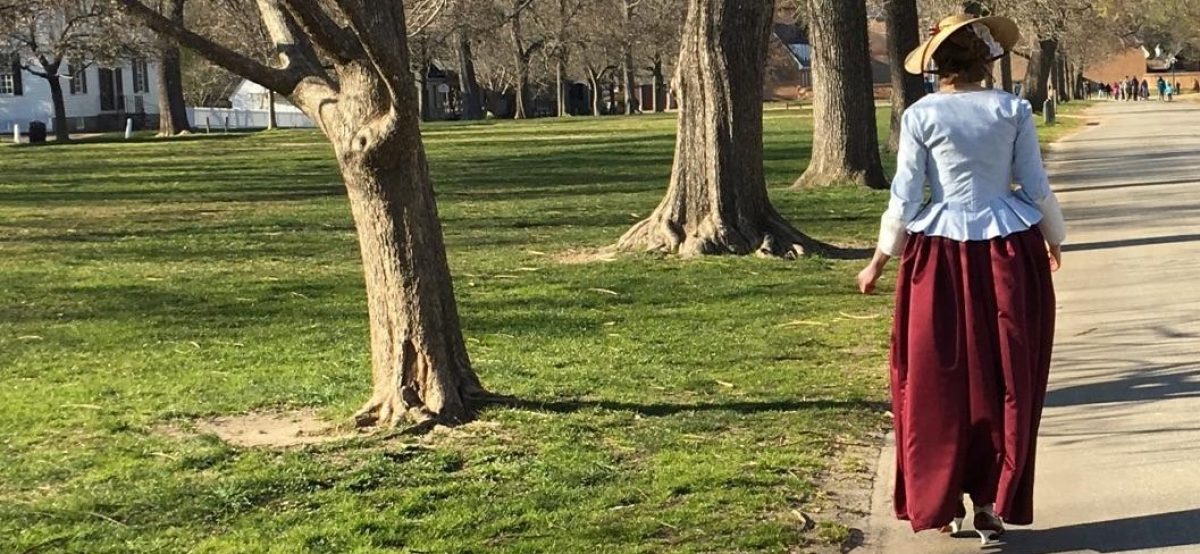The Rose-Adélaïde Dureux dress is finally finished and I couldn’t be happier with the result! I am incredibly proud to have been able to make a dress based off of a real portrait in a way that is budget friendly! Looking at the finished product, I would never guess that it was made from tablecloths and lined with scrap fabric.
I had some wonderful pictures taken by Katharine Smith Photography (you can find her business on Facebook here!) she is a great friend and does beautiful work! We went to a bed and breakfast called the Wellington Inn that isn’t 18th century (I believe it was built in 1905) but it still provided a beautiful setting to take pictures in. They also made amazing breakfast.
Without further ado, here is the big reveal!

I unfortunately didn’t have any harps to pose with, but I stood next to a piano since it’s another musical instrument.

The reason the portrait shows Rose at a harp is because showing that you had musical talent meant you were a well bred, accomplished lady. Keeping with the same spirit, I sat down and showed off my piano skills (which look rather better than they sound).

I also brought a pretty white parasol with me for some of the outdoor photos. It isn’t historically accurate at all, but it pretty and matched the outfit. Many women did use parasols to protect themselves from the sun, they just looked a little different from the one I had on hand.

One of my absolute favorite parts of this dress is the incredible train. It flows so nicely behind me and just made me feel fabulous. It also allows the dress to show off even more of the beautiful striped fabric.

Here is a more close up photo of the fichu I had made the morning of the photo shoot. I am happy with how it turned out and I feel like it really brought the outfit together.

Katharine also got a nice detail shot of the sleeve (or rather, sleeves since the dress is made to have two sleeves per arm) with its pretty lace.

My hair was vaguely historical. I recently got the American Duchess’ Guide to 18th Century Beauty and I did a simpler version of one of their hairstyles from the book. I am still learning how to properly do hair historically and this was one of my first times using pomade and powder. I didn’t want to attempt the hairstyle shown in the painting because 1) my hair is very straight and hates being curled and 2) it looked much too advanced for me at the moment. One day I will conquer it though!

We also did a couple photos without the fichu so I could have some pictures of the top of the dress. The front of the dress is hidden by the fichu in the painting, so it was up to me what I wanted on the front. I choose to do some simple ruffles to give it a little flair.

I also had to take a nice photo of my American Duchess shoes because these are my favorite shoes ever and they deserved their moment in the spotlight.

Lastly, this was my favorite photo of the day. It shows the beautiful front steps of the Wellington Inn, the amazing train on my dress, and I just felt like a true lady in it.
Stay tuned for more photo shoot posts as I went to the Wellington Inn with three different dresses, so there is more to come!
This project started as just a test to see if I could make something based on an actual historical portrait and ended as a true testament to what you can make with the resources you have. This was by far, one of the most cost efficient gowns I have every made, costing less than it is to buy most modern clothing today. It just proves that a little can go a long way.
Love always,
Victoria




















